Controlling pests and diseases in pomegranate using organic methods is not only environmentally friendly but also helps maintain the health of your fruit trees without harmful chemical residues. Here are some organic methods to manage pests and diseases in pomegranates:
1. Pruning and Proper Planting:
Start with healthy pomegranate plants by purchasing disease-resistant varieties.
Proper spacing and pruning to promote good air circulation can reduce the risk of fungal diseases.
2. Neem Oil:
Neem oil is a natural pesticide that can be used to control a variety of pests, including aphids, mealybugs, and scale insects.
Mix neem oil with water and a few drops of dish soap, then spray it on the affected parts of the plant.
3. Beneficial Insects:
Encourage beneficial insects like ladybugs, lacewings, and parasitic wasps to establish themselves in your garden. They help control aphids and other harmful pests.
4. Horticultural Oils:
Horticultural oils, such as dormant oil or summer oil, can be used to smother overwintering pests and their eggs.
5. Trap Crops:
Plant trap crops like nasturtiums or marigolds nearby to attract pests away from pomegranates.
6. Companion Planting:
Companion planting can help deter pests. For example, planting basil or mint or any strong smelling herbs near pomegranates can help repel aphids.
7. Beneficial Nematodes:
Beneficial nematodes can control soil-dwelling pests like root-knot nematodes.
8. Disease-Resistant Varieties:
Choose disease-resistant pomegranate varieties when possible to reduce susceptibility to fungal diseases.
9. Organic Fertilization:
– Proper fertilization can help maintain the health of your pomegranate trees, making them more resilient to diseases.
10. Prune and Remove Affected Parts:
– Regularly inspect your pomegranate trees and remove any affected leaves, branches, or fruit to prevent the spread of diseases.
11. Mulching:
– Apply organic mulch around the base of your pomegranate trees to help retain soil moisture and suppress weeds that may harbor pests.
12. Rotate Crops:
– If you have multiple fruit trees in your garden, practice crop rotation to reduce the risk of soil-borne diseases.
13. Organic Sprays:
– Homemade sprays using ingredients like garlic, hot pepper, and soap can deter some pests. Be sure to test on a small area first to avoid harming your plants.
14. Beneficial Microorganisms:
– Beneficial microorganisms like mycorrhizal fungi can improve soil health and help pomegranate trees resist diseases.
Neem tea:
Create a home made spray by boiling neem leaves with water. Strain the mixture and use it to deter and destroy a wide range of pests and fungal infections.
Aloe Vera liquid:
Create a home made spray by getting 5 to 10 leaves of Aloe vera, then chop them into tiny pieces to expose the gelly to mix with water. After 2 hours strain the mixture and use it to deter and destroy a wide range of pests and fungal infections.
Liquid soap and cooking oil spray:
Create a home made spray by mixing equal quantities of cooking oil and liquid soap (any brand of your choice), then shake the mixture until it looks yorgurt like and later get 50ml of the mixture and add to a 16L knapsack sprayer. Mix with water and use the mixture to deter and destroy any type of pests. Spray daily until the pests are gone.
Remember that prevention is often the best strategy in organic pest and disease management. Regularly monitoring your pomegranate trees and taking early action when you notice problems can help keep your trees healthy and productive.
|

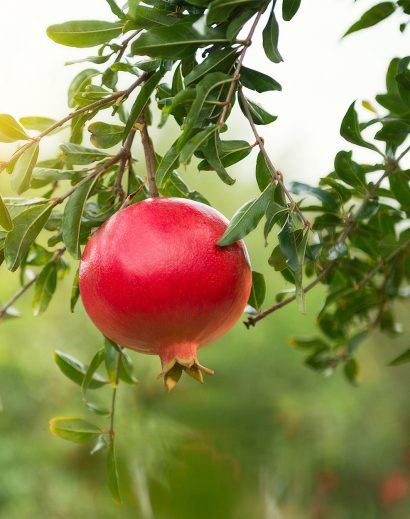
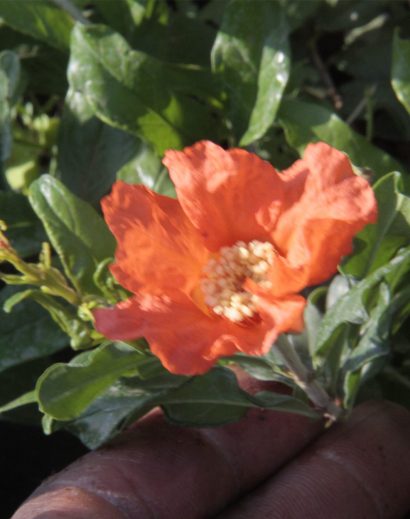
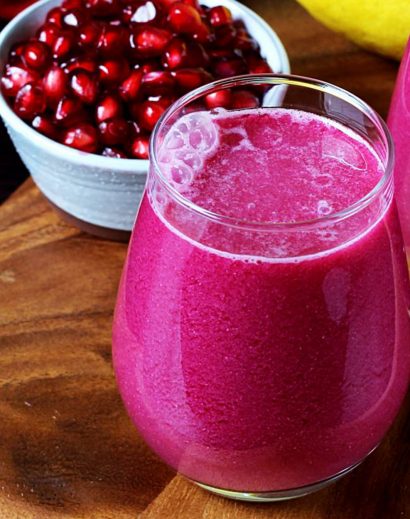
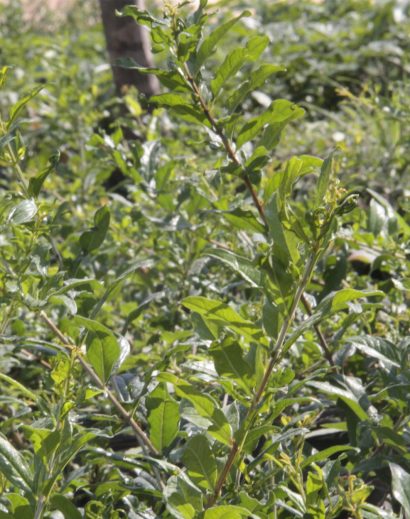
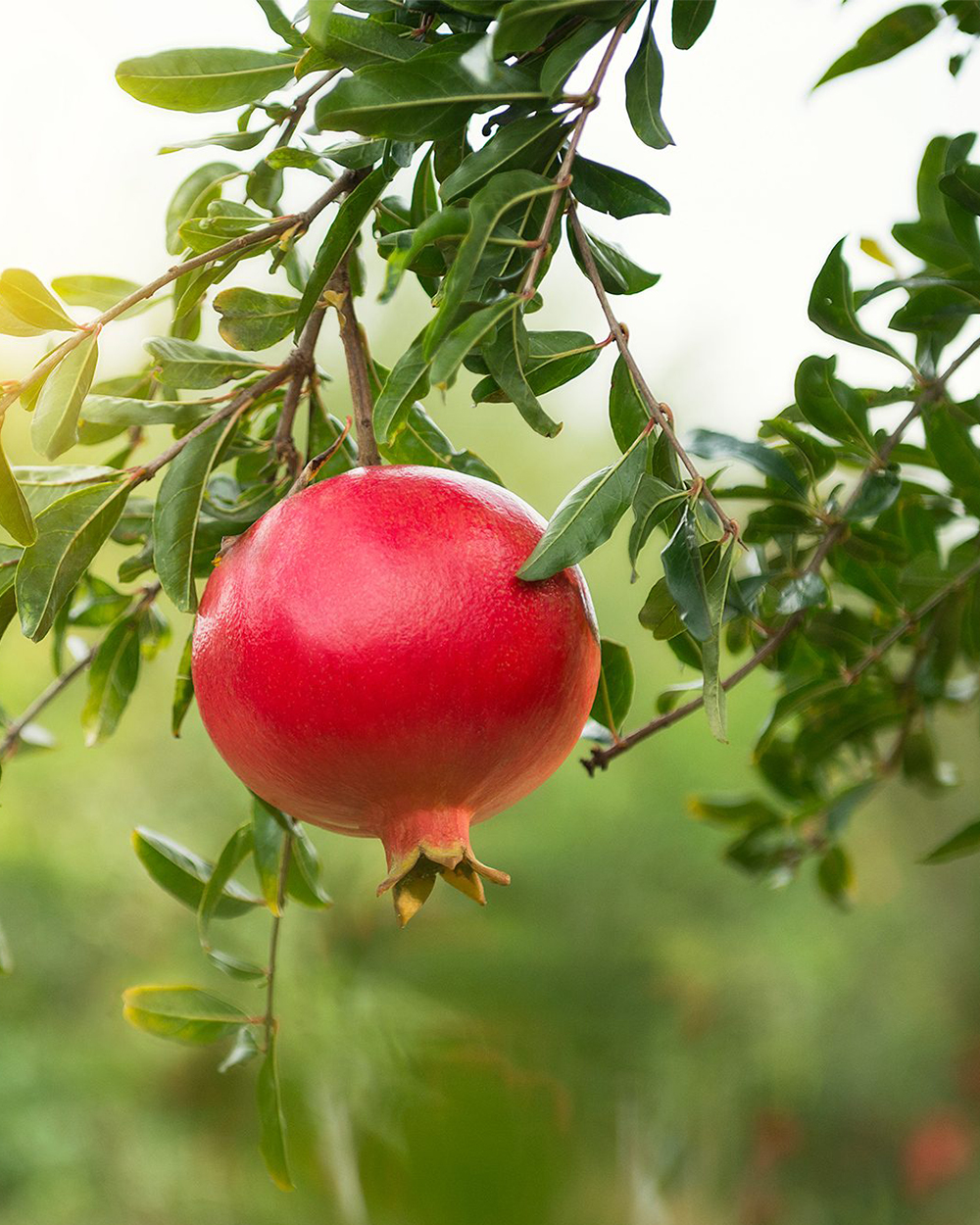
Reviews
There are no reviews yet.